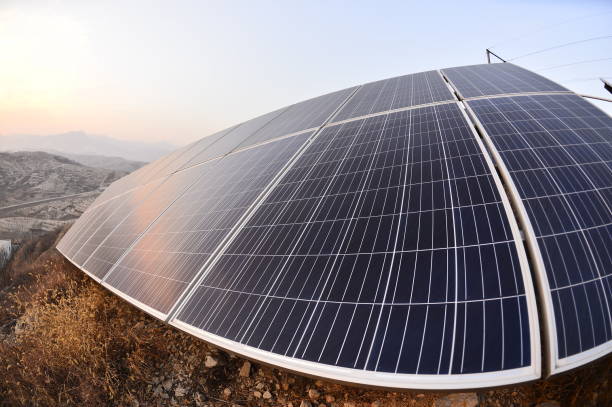
With more and more people turning to solar energy to lower their carbon footprint and reduce their energy costs, Knowing how different rate structures and storage options could impact savings is essential. Businesses and homeowners who switch to solar energy are discovering that understanding and navigating different rates and options can be challenging. For instance, grasp Peak Shaving and Time of Use (TOU) rates.
The concept of peak shaving and The Time of Use (TOU) rates are closely related but not precisely the same.
Peak shaving is the process of reducing the demand for energy in a facility during times of high use of electricity, regardless of the structure of rate structure that is in place. It can be accomplished by using batteries for energy, changing production schedules, or cutting down on other energy-consuming tasks to reduce the cost of fuel and charges typically experienced during peak times.
ToU rates, on the contrary, are a form of rate structure used by numerous utilities that differ in the price of electricity according to the period of the day. Generally, rates rise in peak demand times and lower in off-peak hours. Customers can cut their electric costs when energy usage is shifted to off-peak times.
Peak shaving is employed to lower energy demand during peak times but is not restricted to rates for TOU structures. Peak shaving is possible in any rate structure currently in place and could be advantageous even when a facility does not have to pay TOU rates. Similarly, although TOU rates encourage customers to shift their energy use to off-peak times, they don’t necessarily require peak shaving.
Grid-tied solar systems can be paired with Time of Use (TOU) rates and strategies for peak shaving to lower electricity costs and maximize energy use.
In the TOU rates structure and using grid-tied solar systems, it is possible to produce your electricity during high demand and then feed the excess energy back to the grid, which could reduce the cost of electricity during these times.
The strategies for peak shaving can be utilized to maximize the advantages of a grid-tied solar system in a TOU-based rate structure. This entails reducing the demand for energy during peak times when electricity prices are at their highest and storing excess power generated by the solar system in batteries. By keeping energy in peak times, customers can lower the cost of their electricity and save money.
For instance, in off-peak times, a grid-connected solar system produces excess electricity, which could be stored in batteries in storage systems. In peak hours, the stored electricity could power the building and reduce the need to draw electricity from the grid when electricity prices are highest.
Other strategies for peak shaving that can be employed when combined with a grid-connected Solar system and TOU rate are demand response programs that will encourage customers to cut back on their energy consumption during peak times.
If you’re considering solar but want to increase your energy efficiency to the next step, pairing solar and batteries, using Peak Shaving strategies, and time of Use rates can provide various advantages. These are the five most significant advantages:
Lower cost of energy: Using the combination of solar panels, battery storage, and peak shaving techniques during high-demand power periods, you can drastically cut down the energy cost. Furthermore, utilizing the time-of-use rate, you can change your energy use to periods when electricity is less costly.
Energy independence: Using a battery and solar system, you can produce and store power and reduce your dependence on the power grid. If you have the right design, this could be particularly useful in power outages and allows you to use electricity even when the grid is down.
More efficient energy use: Combining solar power with battery systems and peak-shaving strategies will assist you in optimizing your energy use and reducing the energy consumption of your entire home. This could result in improved efficiency in energy use and less carbon dioxide emissions.
Improved grid reliability by cutting down on peak energy demand at periods of high grid utilization can enhance grid reliability and decrease the chance of power outages.
Environmental benefits: By producing your energy from solar energy and using battery storage to lower energy consumption during peak hours, it is possible to significantly reduce your carbon footprint and fight the effects of climate change.
In general, combining solar and batteries and peak shaving strategies and time-of-use rates can bring many advantages, ranging from lower expenses for energy to greater efficiency and sustainability of the environment.
